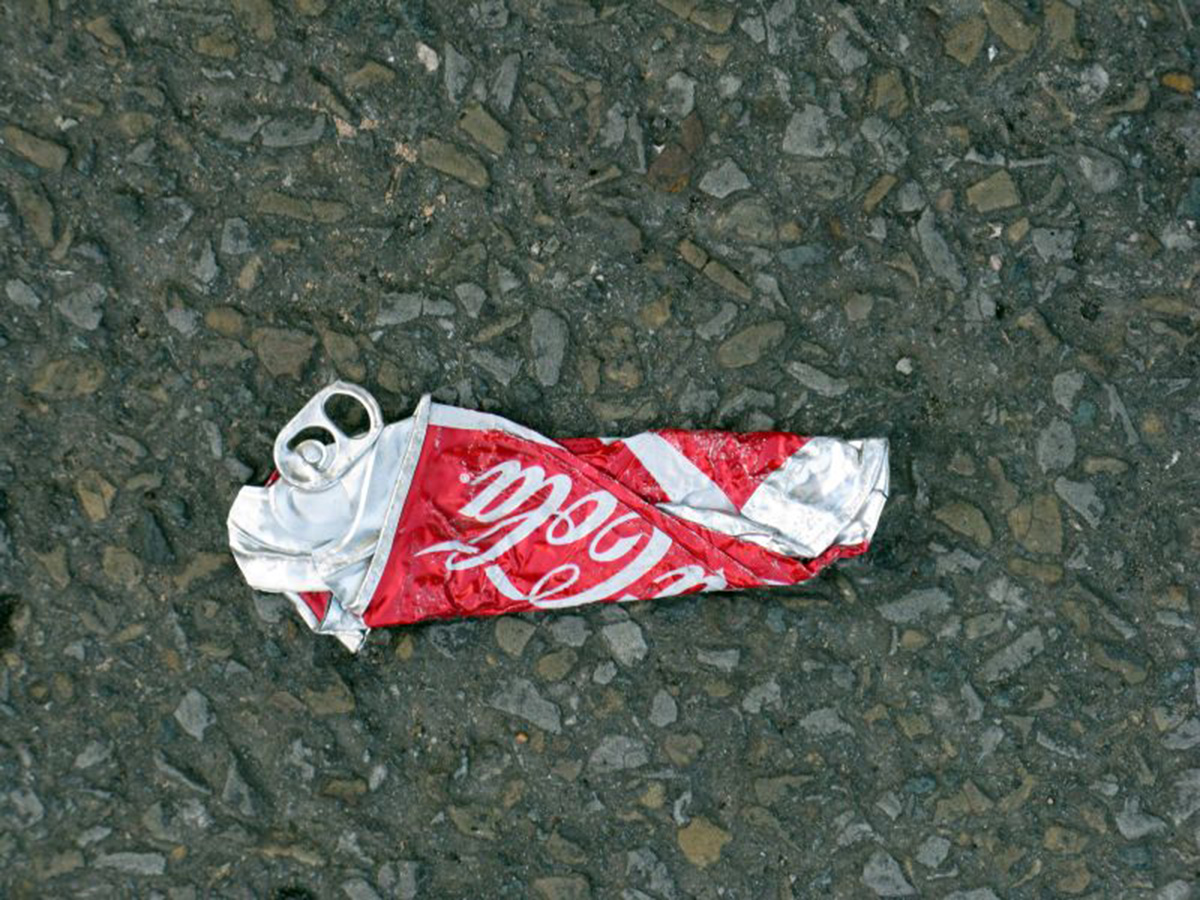Table of Contents
Everybody knows that sugar-sweetened soft drinks, such as Coca-Cola, Pepsi, and Dr. Pepper, are the bane of fitness and good nutrition, but why weren't they for our grandparents?
In the 1880's and 1890's until 1903, a glass of Coca-Cola contained 9 mg of cocaine, a little less than the amount that would be a relatively low amount to "snort". In 1904, the Cola-Cola company stopped adding cocaine, and instead added spent coca leaves that already had been processed to remove thier cocaine. Coca-Cola is still made with coca leaf from Peru and Bolivia, processed to remove cocaine by the Stepan Company in Maywood, New Jersey, the only facility in the United States licensed to process coca leaves.

Cocaine, as you might imagine, cancels out a lot of the weight gain associated with high sugar intake. However, even after the cocaine came out of the cola, the sugar was not a problem for most people who drank Coke, even for people like my grandfather who drank up to 12 Cokes a day.
That's because life before the middle of the twentieth century was physically demanding. There were no forklifts. There were no private passenger cars for most Americans. Doing the laundry involved rubbing clothes on a scrub board and passing them through a wringer, and then drying them on a line. There were no instant foods.
Americans of the nineteenth and early twentieth century did not trust milk unless they milked the cow themselves. Spoiled or watered down dairy products were the norm. All meat was pasture-raised, and nothing went to waste, not the brains, not the eyes, not the entrails or the sex organs. My grandfather always got the chicken's brain and my mother always got the chicken's tail on the rare occasions they could afford to serve chicken to their family of eleven. Vegetables were strictly seasonal, and every day was a search for calories.
Flour products and sugar helped fill in the calorie deficit nearly every American suffered.
How many calories a day did Americans burn? Most American adult males needed 5,000 to 5,500 calories a day to function. Most American adult females needed 3,000 to 3,500. In this context, getting 1,200 calories a day from sugar was not a problem. Fat storage did not occur because physical activity required nearly every calorie one could get.
Unless you happen to be a lumber jack or a professional American football player, or you work on a fishing trawler or you wash windows on skyscrapers, chances are that you don't need 3,000 to 5,500 calories a day just to maintain your weight. For you, a sugar-sweetened soft drink has a very different effect on your body. Still, even for you, the effects are not absolute:
- Small amounts of sugar, unless you are diabetic, are actually beneficial. A "small" amount of sugar is up to 25 grams (100 calories) of fruit sugar and table sugar per day. Your liver can use this amount of fructose (or the fructose released from table sugar) as fuel. More than that, without strenous exercise to burn it off, it becomes fat.
- It's the larger amounts of fructose sugar, or table sugar containing sucrose, a chemical combination of glucose and fructose, that are toxic. "Starchy foods" that are digested into glucose are also problematic, but your body can usually tolerate considerably more of them, up to about 1,200 calories a day if you do not have diabetes. You still need to burn more calories than your body takes in to lose weight, and you need to keep calories in roughly balanced with calories burned to maintain your weight. However, sugars in particular and carbohydrates in general are not the problem. It's the amount you consume.
Coca-Cola probably really was a health food in the early twentieth century. It gave quick energy for hard work and strenous activity.
Only as people have become far more sendentary have Coke and similar soft drinks begun to drive weight gain and other health problems.
- Coca Cola Inventor was Local Pharmacist. Columbus Ledger. Retrieved 3 August 2015.'
- Columbus helped make Coke’s success. Columbus Ledger-Enquirer. March 27, 2011. Retrieved 3 August 2015.
- Photo courtesy of Mr.TinDC via Flickr: www.flickr.com/photos/mr_t_in_dc/5112629909
- Photo courtesy of Mr.TinDC via Flickr: www.flickr.com/photos/mr_t_in_dc/5112629909
- Photo courtesy of jontintinjordan via Flickr: www.flickr.com/photos/jontintinjordan/3833246347


Your thoughts on this